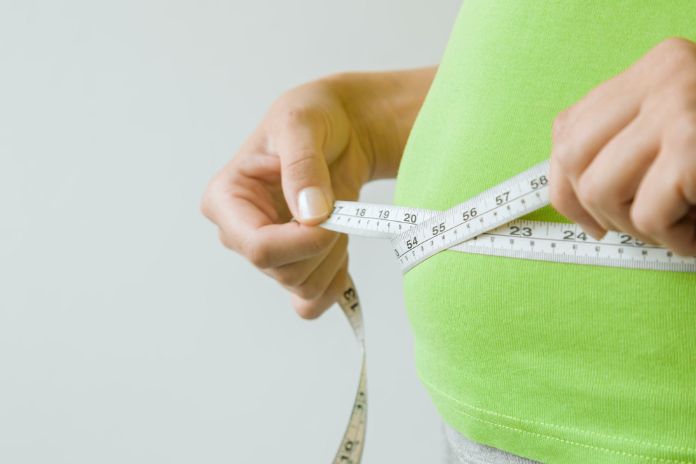Overcoming the challenge of losing weight and getting in shape is not easy, but it can be less complicated if you better understand your body and the factors that influence weight gain. One of them is the fat percentage, although it is often overlooked in favor of other aspects, such as measurements, weight on the scales, and even the famous before and after photos, which try to encourage so many people to follow examples.
The point is that body fat is a decisive factor for health and aesthetics in the search for the ideal shape. See now why it is so important.
Why Is Body Fat Percentage So Overlooked?
This is an excellent and straightforward question: its calculation requires much effort. The fat percentage is the amount of fat about everything else in the body – organs, tissues, muscles, blood, water, etc.
So it is impossible to get there and measure it, so some methods, formulas, and tables were developed to arrive at the closest index. Therefore, calculate your body fat percentage to help you reach your goals.
If the idea is to gain strength, the fat percentage can be a little higher, as in the participants of those tests of “The Strongest Man in the World,” for example. They don’t have fit bodies, and most even have good bellies: their muscles are hypertrophied, but they are hidden because there is a good layer of fat around them.
On the other hand, if the objective is aesthetics, the ideal is to have a low-fat percentage so that the muscles are more visible. Bodybuilders only have a 3% or 4% body fat percentage. However, such a low body fat level is not healthy, and the athletes themselves only keep it that way during competition seasons.
Is There An Ideal Fat Percentage For Men And Women?
Roughly speaking, anyone who wants to have a six-pack belly, for example, should have fat percentages between 8% and 11% (men) and 15% to 17% (women). Still, we must remember that it is not directly related to the quality of the muscles.
So, even if you have a meager percentage of fat but don’t have worked muscles, your appearance will not be muscular. The idea is for you to have a low rate of fat and a good gain in lean mass – and for that, you need to combine training and proper nutrition and supplementation.
What Are The Problems Of Having A High-Fat Percentage?
In this case, the body is more prone to diseases like high blood pressure, cardiovascular disease, and diabetes. A sedentary lifestyle combined with poor nutrition is the leading risk factor for many conditions that can affect women and men of all ages.
You don’t have to become an athlete, but you can exercise and follow an eating plan to reduce body fat and increase lean body mass.
See How To Do It:
A joint effort between a nutritionist and a physical educator is the best way to achieve the ideal fat percentage and lean mass ratio. Still, you can follow some tips to help your body get there more quickly. The practice of physical activity is essential, with a schedule made by a trained professional that considers several factors, such as weight, gender, age, and health conditions. Only start doing exercises after first having a checkup.
To stimulate the growth of lean mass in training by reducing the percentage of fat, it is necessary to invest in a combination of carbohydrates, the body’s primary fuel, proteins, and good fats, but a nutritionist must determine the number of nutrients ingested throughout the day.
He should also stipulate the period between meals (generally between 5 and 6 per day, with 4 to 5 servings of fruits and vegetables) and the intake of 2 liters of water on average. Several supplements help in this process, such as thermogenic, contribute to fat loss, among many others.
Also Read: Weight Loss Tips: 8 Healthy Habits To Lose Weight!

